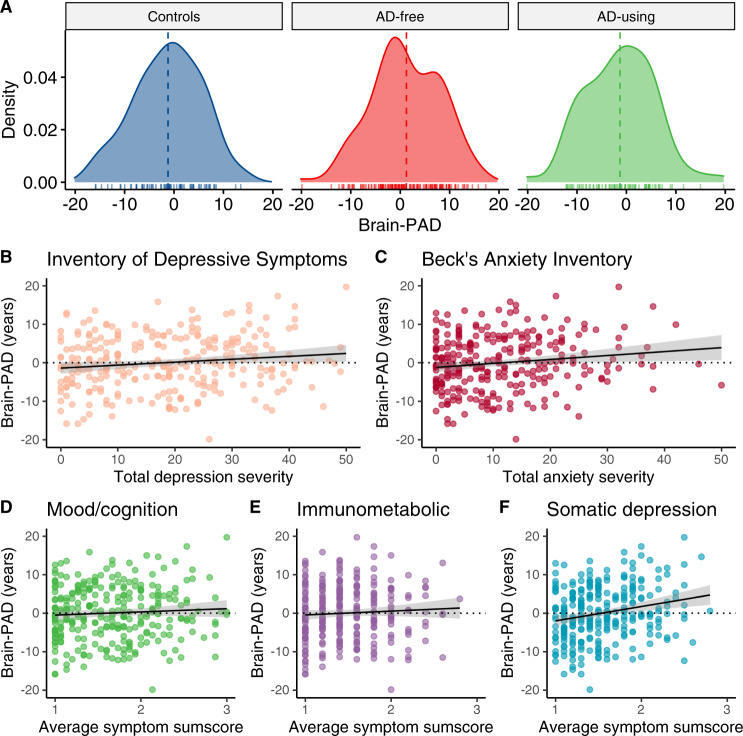Fig. 2. Brain-PAD differences and clinical characteristics.
A AD-free patients showed significantly higher brain PAD compared with AD-using patients (+2.58 years [SE 1.02 years], Cohen’s d = 0.36, 95% CI 0.09–0.64) and controls (+2.63 years [SE 1.10 years], Cohen’s d = 0.31, 95% CI 0.01–0.60). B Advanced brain aging was associated with overall higher total depressive symptoms (b = 0.07 years per unit increase on the Inventory of Depressive Symptoms, p = 0.03), C total anxiety symptoms (b = 0.11 years per unit increase on the Beck’s Anxiety Inventory, p = 0.01), but not specifically with D the mood/cognition (b = 0.89 years per unit increase on average sum score, p = 0.27) or E immunometabolic (b = 0.45 years per unit increase on the average sum score, p = 0.62) symptom cluster. The association in (B) seemed to be driven mostly by F a specific cluster of somatic symptoms (b = 4.03 years per unit increase on the average sum score, p < 0.0001). Brain-PAD estimates (in years) were residualized for age, sex, education level (years) and two dummy variables for scan location.

